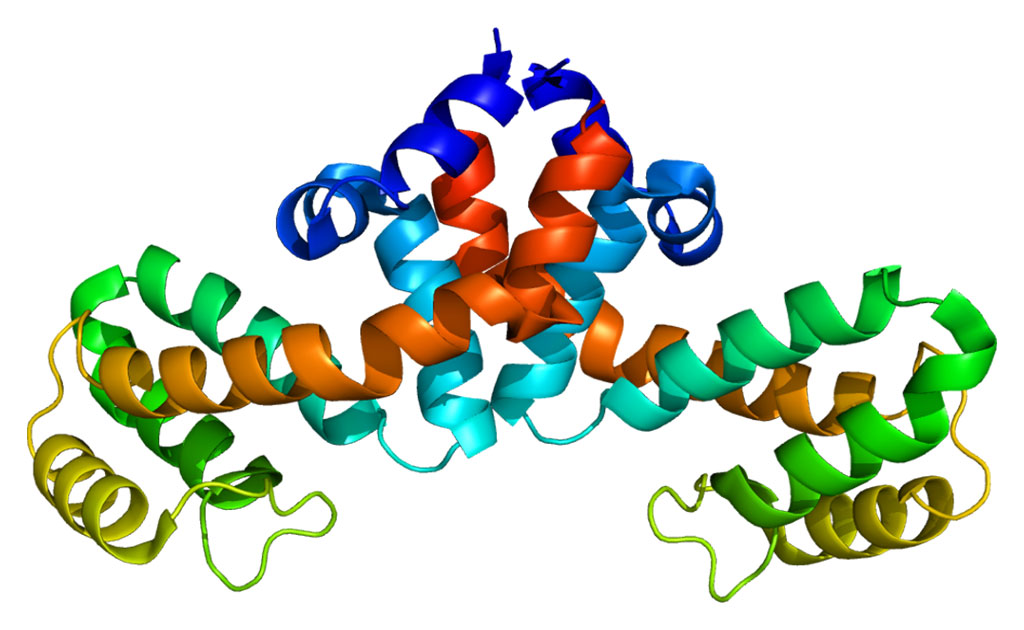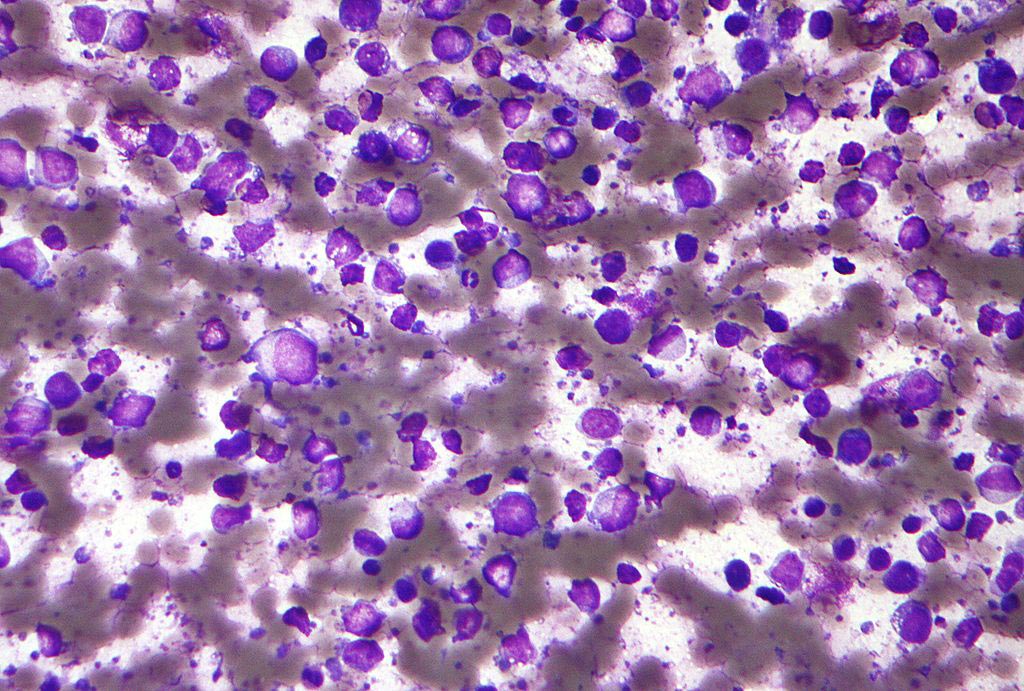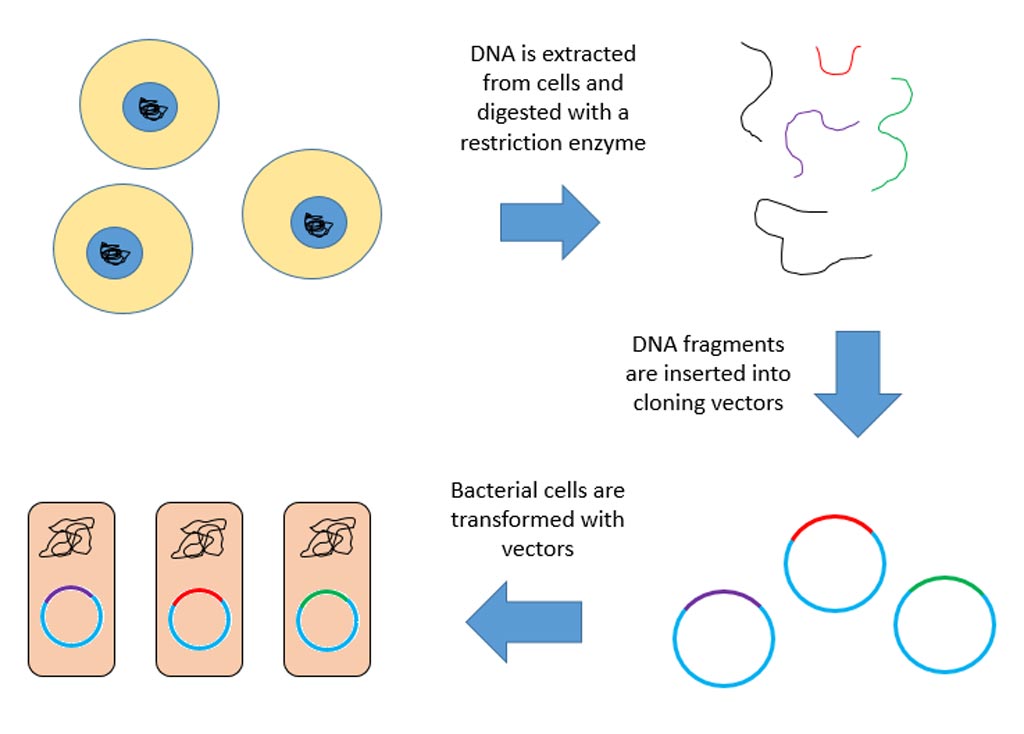Reversing MicroRNA Suppression Cures Mice with Otherwise Fatal Leukemia
By LabMedica International staff writers
Posted on 29 Nov 2012
A recent paper described how overexpression and long-term exposure to the cytokine IL-15 can initiate cancer development and demonstrated an effective targeted drug for potential therapy of human large granular lymphocytic (LGL) leukemia.Posted on 29 Nov 2012
Interleukin-15 (IL-15) is a proinflammatory cytokine elevated in LGL leukemia, a rare and usually fatal form of cancer. IL-15 normally regulates T and natural killer cell activation and proliferation. This cytokine and IL-2 share many biological activities. They are found to bind common hematopoietin receptor subunits, and may compete for the same receptor, and thus negatively regulate each other's activity. The number of CD8+ memory cells is shown to be controlled by a balance between this cytokine and IL-2. This cytokine induces the activation of JAK kinases, as well as the phosphorylation and activation of transcription activators STAT3, STAT5, and STAT6. Studies in animals have suggested that this cytokine may increase the expression of apoptosis inhibitors.
Investigators at Ohio State University (Columbus, USA) reported in the November 13, 2012, issue of the journal Cancer Cell that mice overexpressing IL-15 developed LGL leukemia. They showed that prolonged exposure of cell cultures of wild-type LGL to IL-15 resulted in Myc-mediated upregulation of aurora kinases, centrosome aberrancies, and aneuploidy. Simultaneously, IL-15 repressed the activity of the microRNA miR-29b, which caused DNA hypermethylation. All of these activities were then validated in human LGL leukemia.
A targeted drug that prevented inhibition of miR-29b was administered to mice with LGL leukemia and was found to cure these animals from this otherwise fatal disease.
"We know that inflammation can cause cancer, but we do not know the exact mechanism," said senior author Dr. Michael A. Caligiuri, professor of cancer research at Ohio State University. "Here, we show one way it can happen, and we used that information to potentially cure the cancer."
Related Links:
Ohio State University














